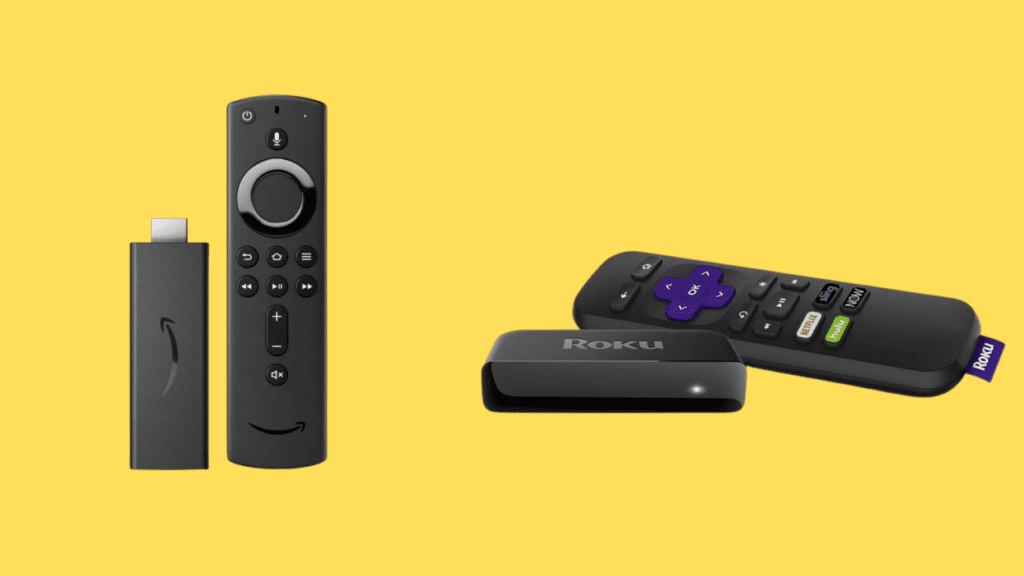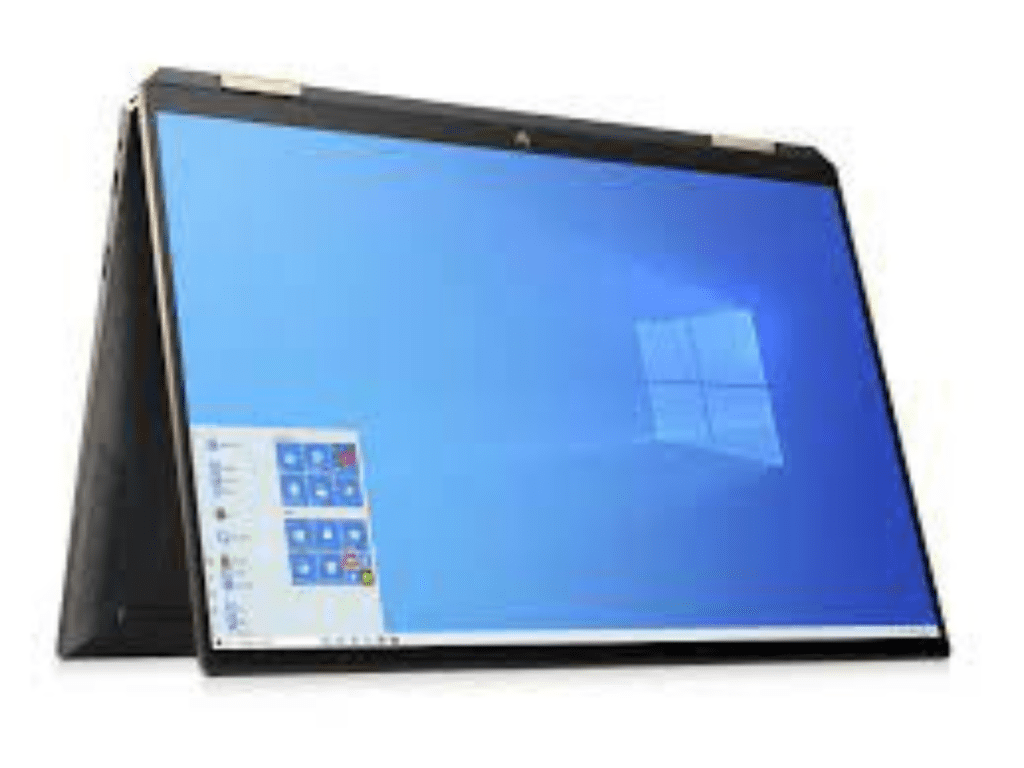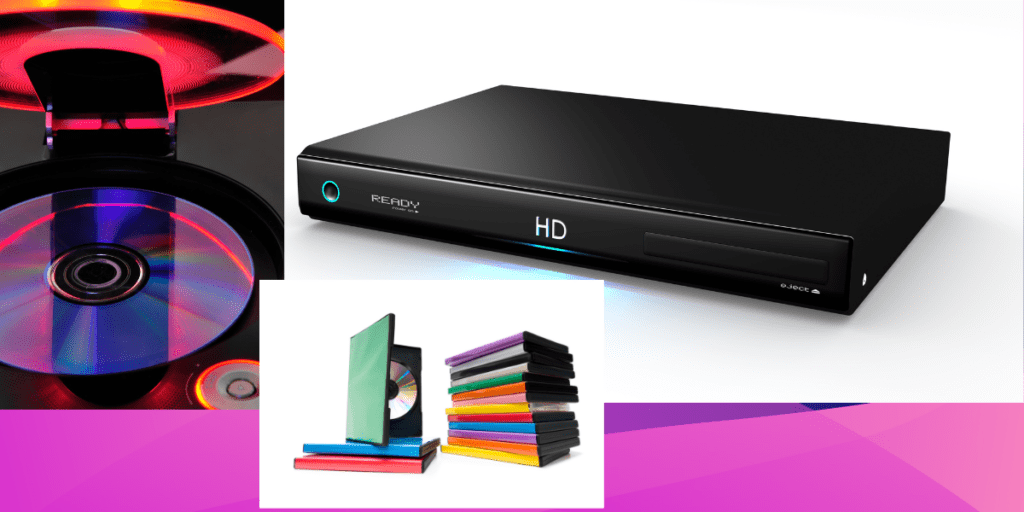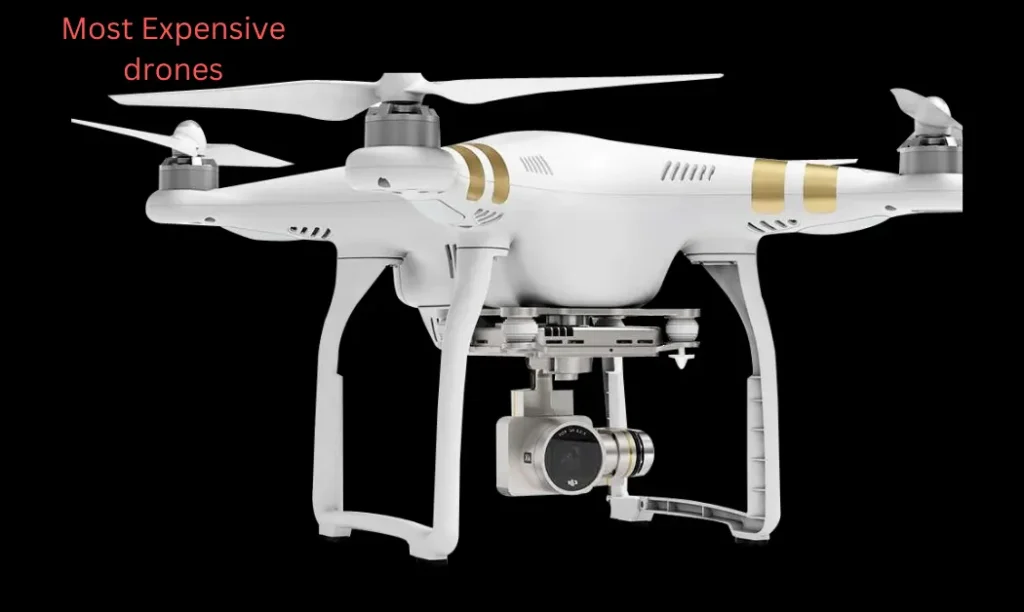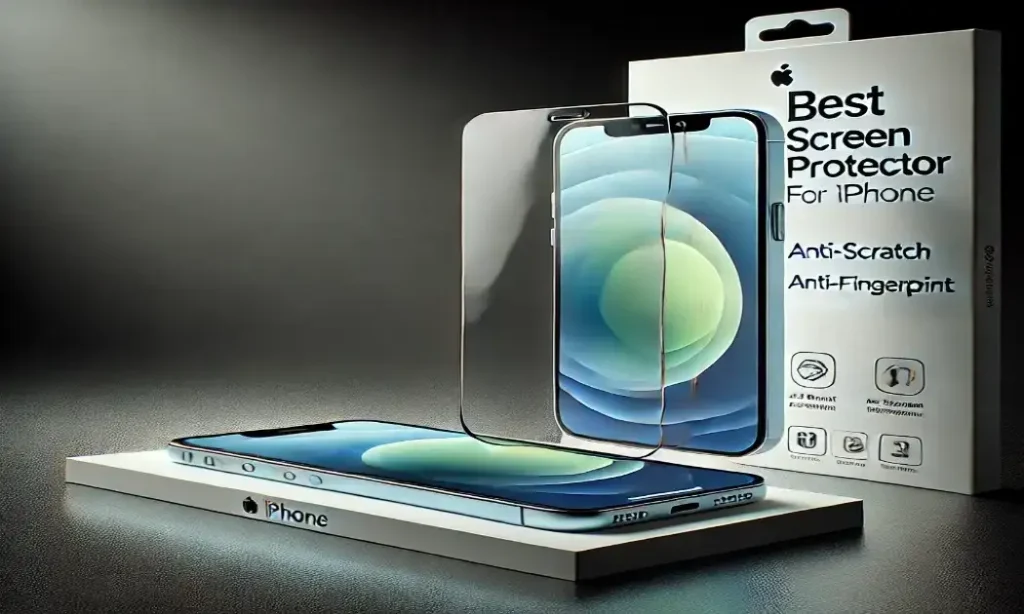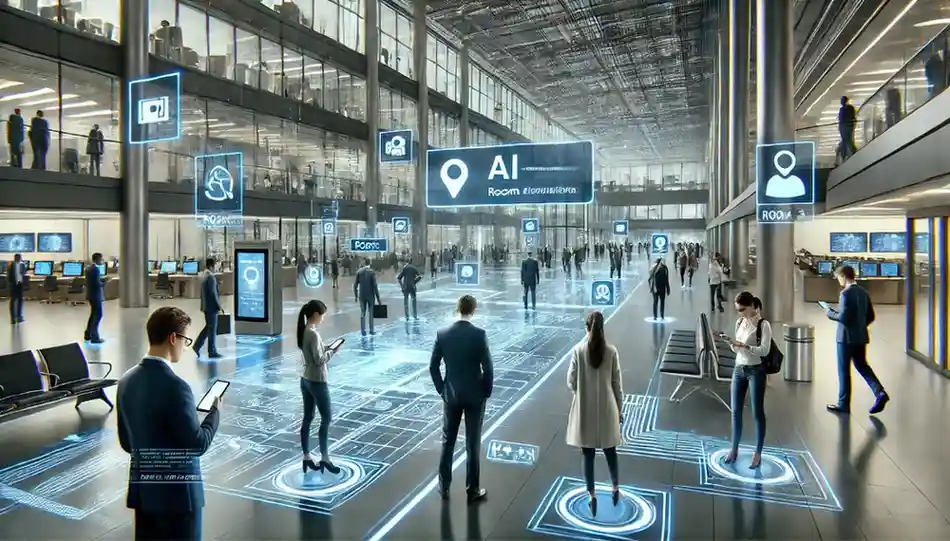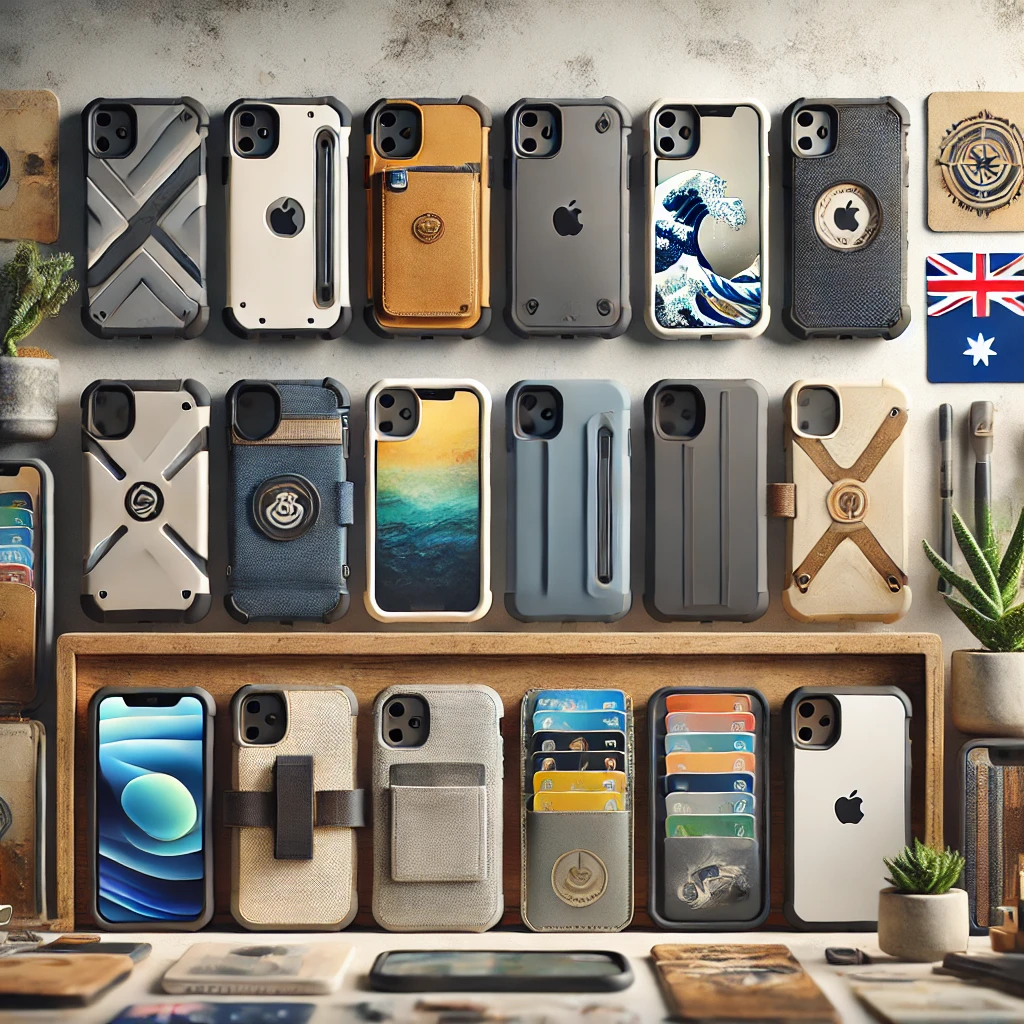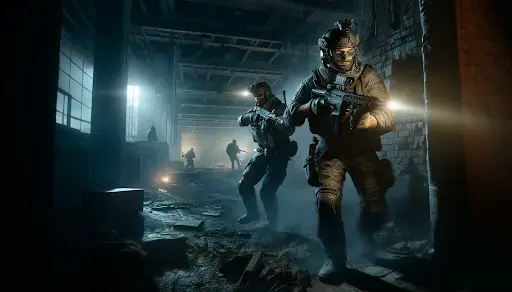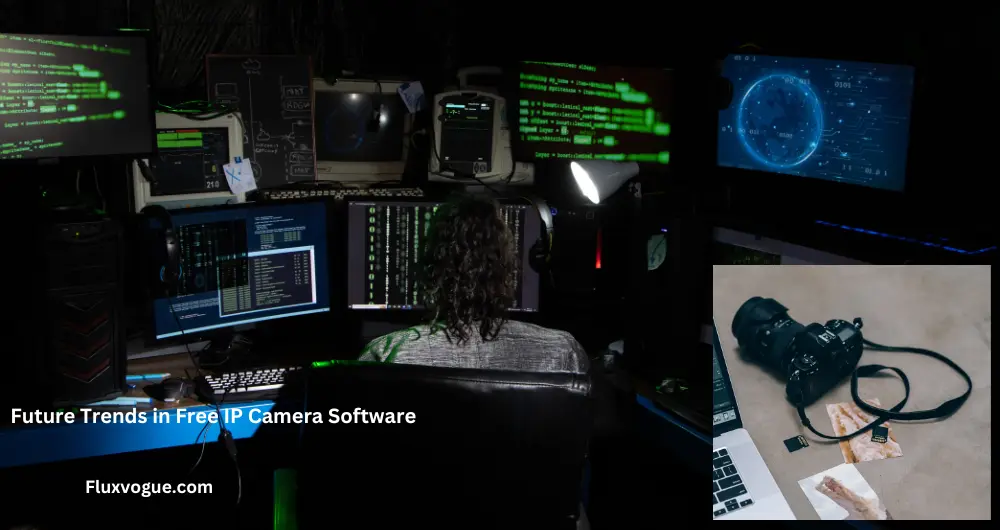The landscape of video creation is evolving rapidly, driven by technological advancements, changing consumer preferences, and new platforms. In this changing world, standing out is crucial for both aspiring and established creators. Let’s delve into some of the most prominent trends shaping the future of video content.
Table of Contents
The Rise of Short-Form Video
Undoubtedly, short-form video content has taken the world by storm. Platforms like TikTok and Instagram Reels have redefined how we consume video, prioritizing bite-sized, engaging content. Key characteristics of this trend include:
- Vertical format: Optimized for mobile viewing.
- Quick cuts and rapid pacing: Maintaining viewer attention.
- Emphasis on sound: Music and audio play a vital role in engagement.
As short-form video continues to gain traction,reel creators are finding innovative ways to adapt their storytelling to this format while maintaining brand identity and messaging.
Interactive Video Experiences
Audiences crave engagement, and interactive video offers a unique opportunity to create immersive experiences. By incorporating elements like quizzes, polls, and clickable hotspots, creators can encourage viewer participation and gather valuable insights.
- Gamification: Incorporating game-like elements for fun and engagement.
- Shoppable videos: Enabling direct purchases within the video content.
AI and Automation in Video Creation
Artificial intelligence is revolutionizing the video creation process, from scriptwriting to editing. AI-powered tools can:
- Generate video scripts: Providing creative inspiration and saving time.
- Automate video editing: Streamline the post-production process and edit a video for free.
- Enhance video quality: Improving image stabilization, color correction, and audio.
- Analyze video performance: Providing valuable insights for optimization.
While AI is not replacing human creativity, it is augmenting it, allowing creators to focus on higher-level concepts and storytelling.
The Importance of Mobile-First Video
With the increasing use of smartphones, creating mobile-optimized video content is essential. This involves:
- Vertical video format: Prioritizing content for mobile screens.
- Fast loading times: Ensuring quick video delivery.
- Optimized audio: Clear and audible sound even in noisy environments.
- Captions and subtitles: Making content accessible to a wider audience.
By prioritizing mobile-first video, creators can reach a larger audience and improve viewer engagement.
The Demand for Authentic and Genuine Content
Audiences are increasingly discerning and seek genuine connections with brands and creators. Authentic storytelling, transparency, and vulnerability are key to building trust and loyalty.
- Storytelling with purpose: Focusing on meaningful narratives that resonate with viewers.
- Embracing imperfections: Showing the human side of the creator.
By prioritizing authenticity, creators can differentiate themselves from the competition and cultivate a loyal fanbase.
The Future of Video Creation: Emerging Trends
While the trends discussed above are currently dominating the video landscape, it’s essential to look ahead at emerging technologies and trends that could shape the future of video creation.
Immersive Video Experiences
VR and AR are opening doors for amazing video experiences. With advancements in hardware and software, creators can transport viewers to entirely new worlds or overlay digital content onto the real world.
- 360-degree video: Providing a panoramic view of the scene.
- Interactive VR experiences: Allowing viewers to explore and interact with virtual environments.
- AR overlays: Enhancing the real world with digital information and graphics.
As technology becomes more widespread, we can expect a surge in immersive video content across various industries, from entertainment to education and marketing.
User-Generated Video and Crowdsourced Storytelling
The rise of user-generated content (UGC) has empowered individuals to become content creators.
- Crowdsourced storytelling: Combining multiple user-generated videos to create a larger narrative.
- Brand collaborations with influencers: Leveraging the reach and authenticity of influencers.
- Community-driven content: Creating content based on audience feedback and preferences.
By harnessing the power of UGC, creators can be much more creative and build stronger connections with their audience.
Video Analytics and Data-Driven Insights
Data analytics is becoming increasingly important for understanding video performance and optimizing content strategy. By monitoring user engagement, views, and target audience demographics, one can get valuable data about viewer behavior.
- Predictive analytics: Forecasting video performance and identifying trends.
- Personalized video recommendations: Tailoring content to individual viewer preferences.
Sustainability and Ethical Video Production
Video production is becoming more and more environmentally friendly these days. As consumers become more conscious of sustainability, creators are trying to reduce their carbon footprint.
- Eco-friendly production practices: Minimizing waste and energy consumption.
- Ethical storytelling: Addressing social and environmental issues.
- Transparency and accountability: Disclosing the environmental impact of video production.
By adopting sustainable practices and creating content with a positive social impact, creators can build a reputation for ethical and responsible video production.
In conclusion, the future of video creation is bright and full of possibilities. By staying informed about emerging trends, creators can keep up with the updates and changes, and produce engaging and impactful content.
Conclusion
The video landscape is constantly evolving, and monitoring new trends is essential for success. By embracing short-form video, interactive experiences, AI, mobile-first optimization, live video, and authenticity, creators can position themselves for growth and impact. With technological advancements, we can see much more interesting developments in video creation processes.

